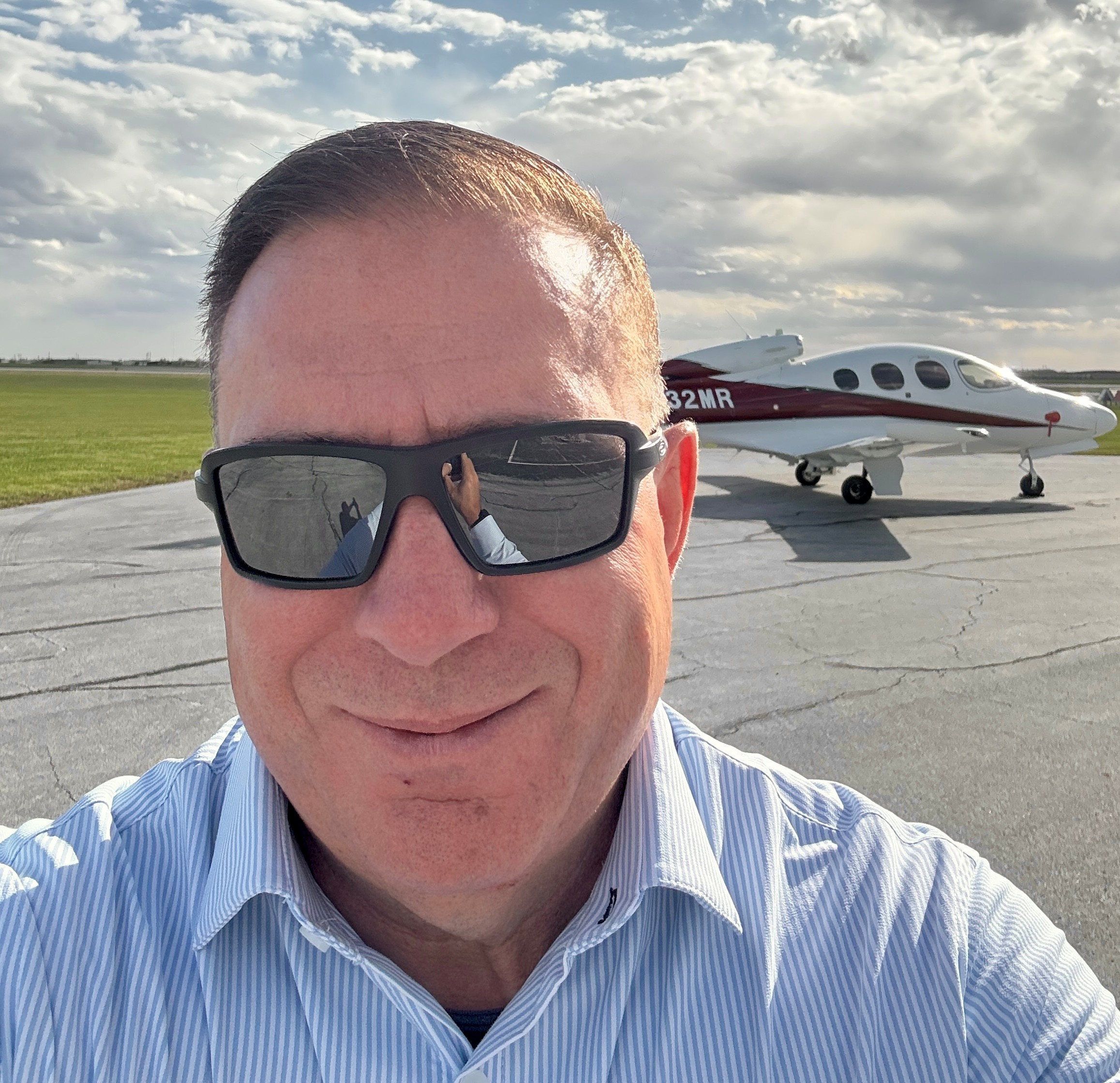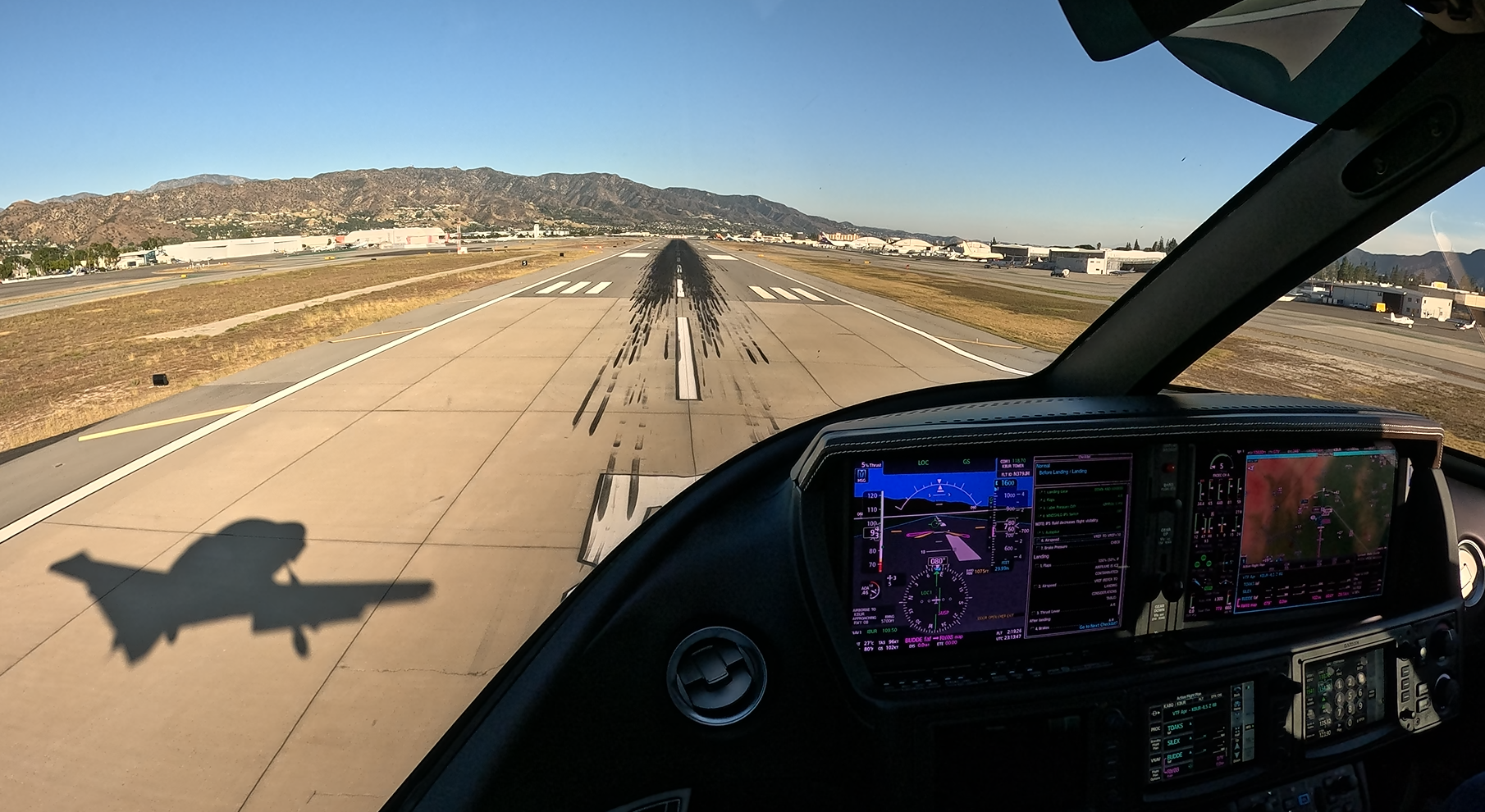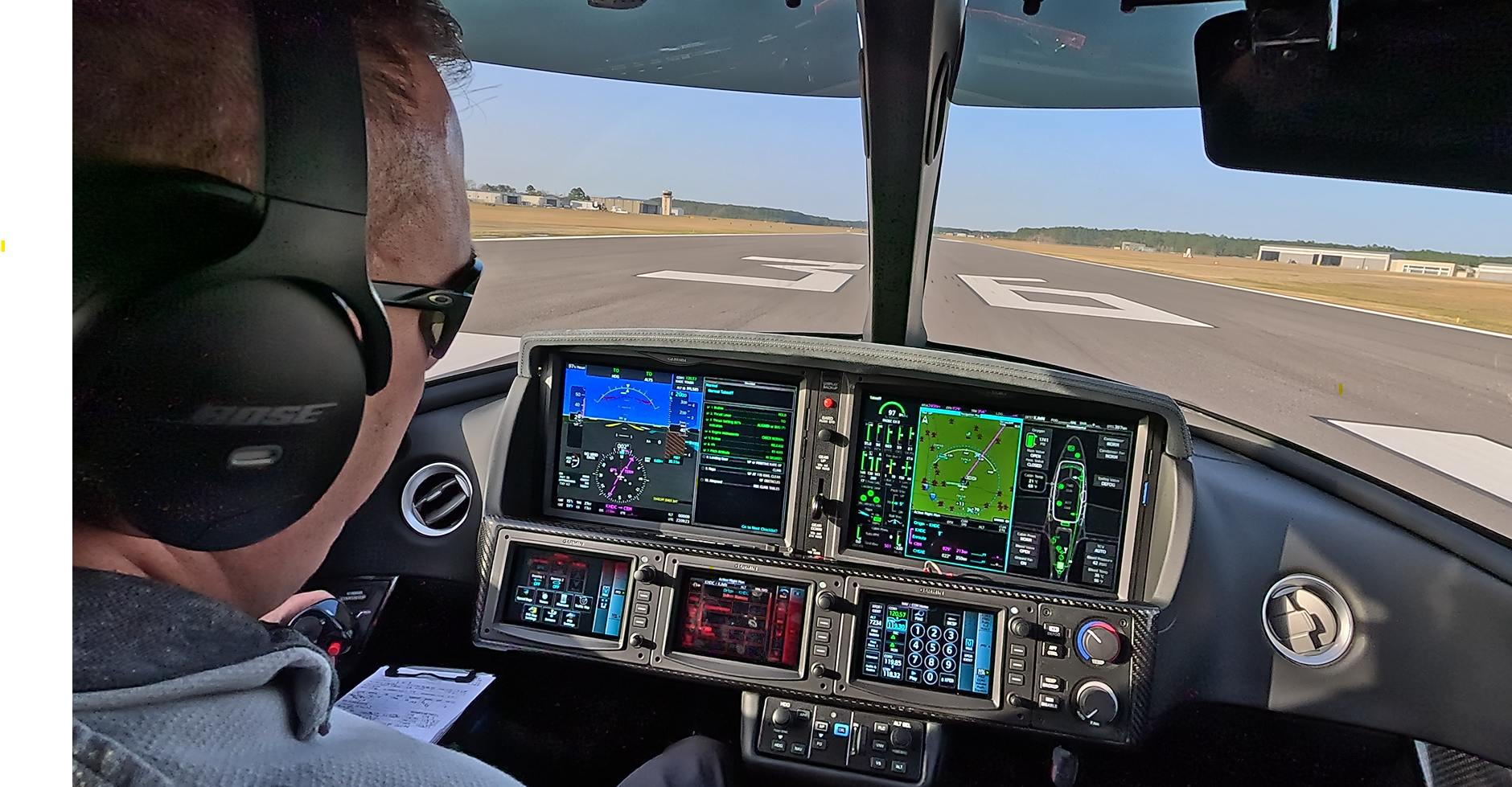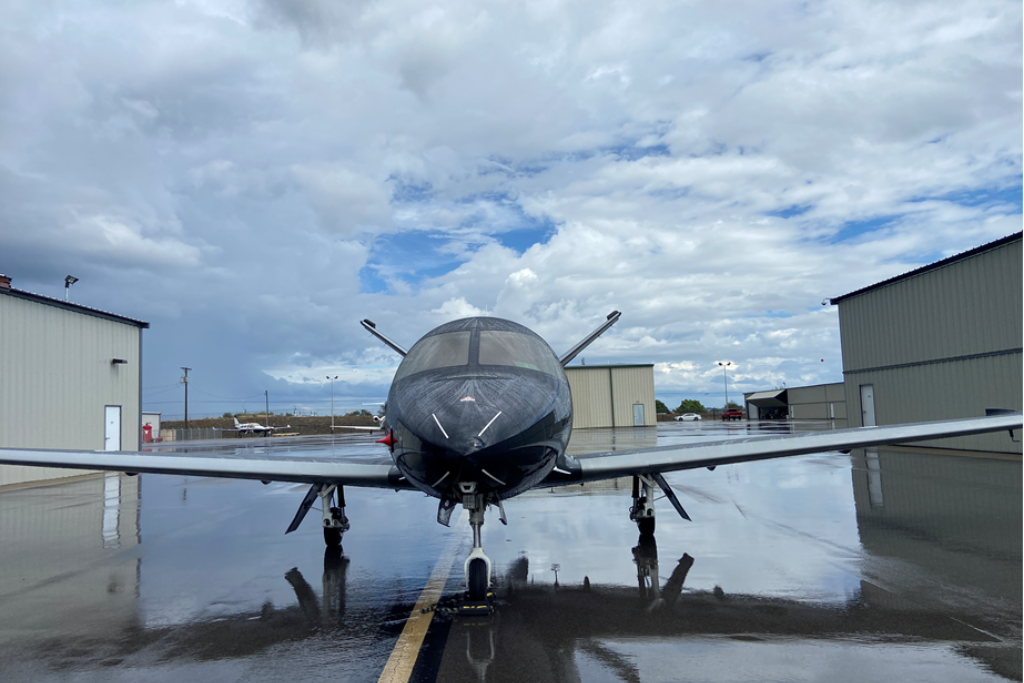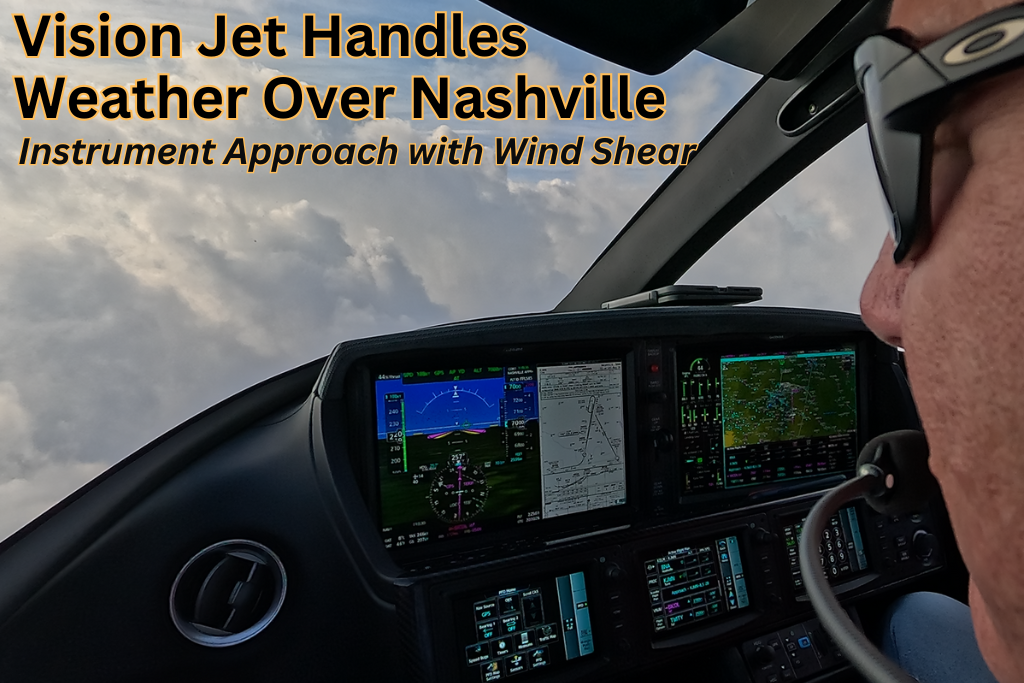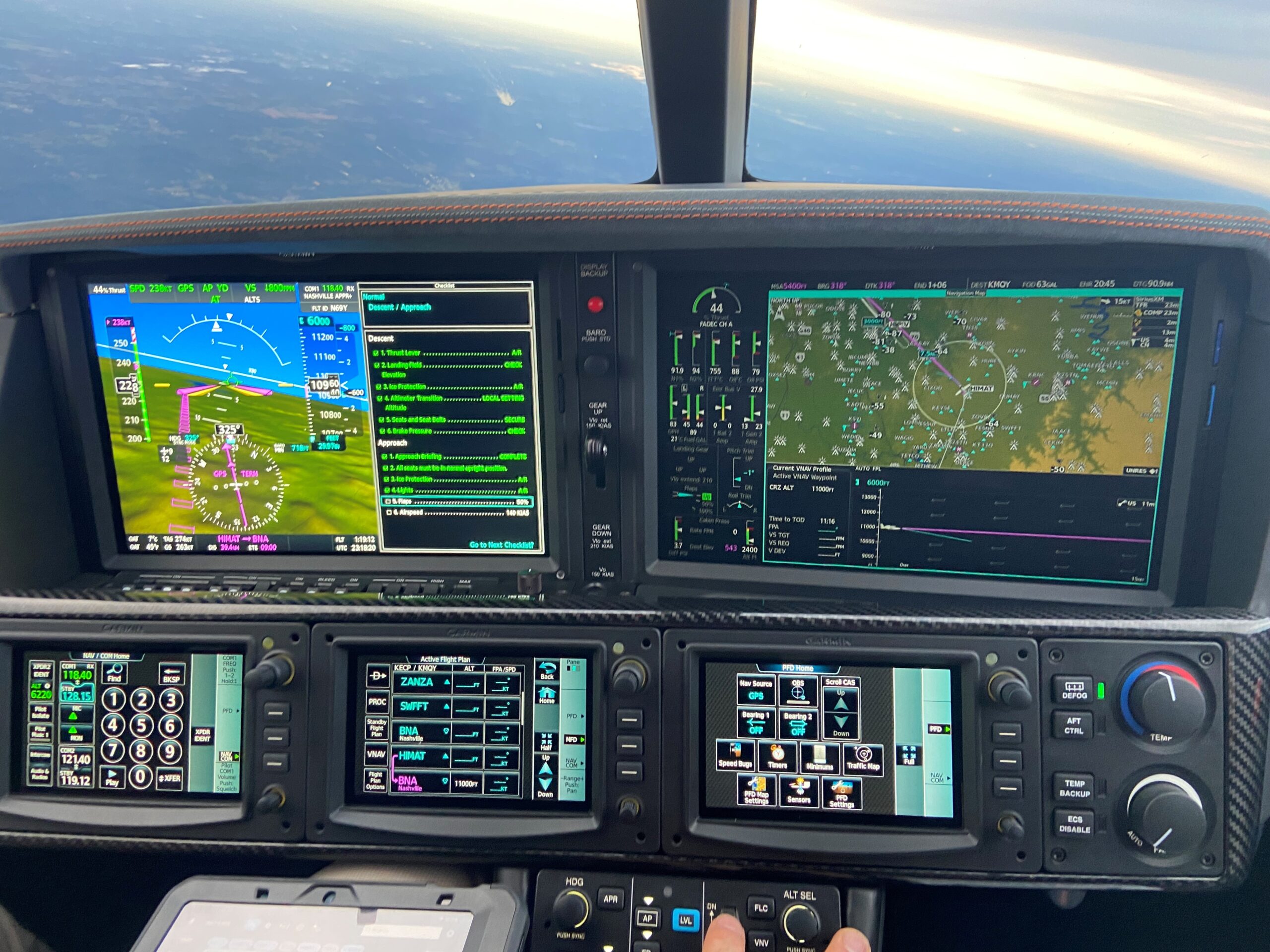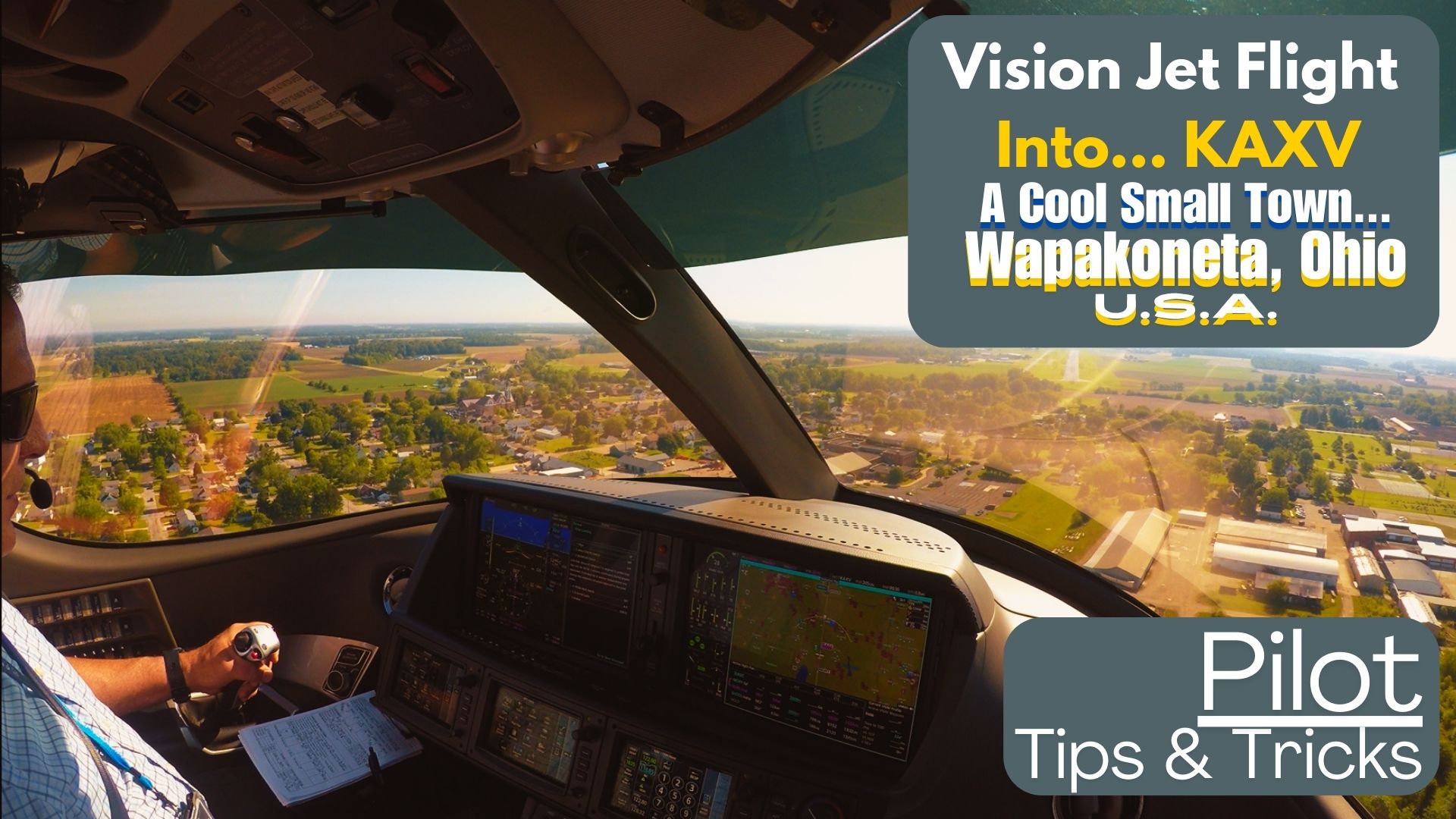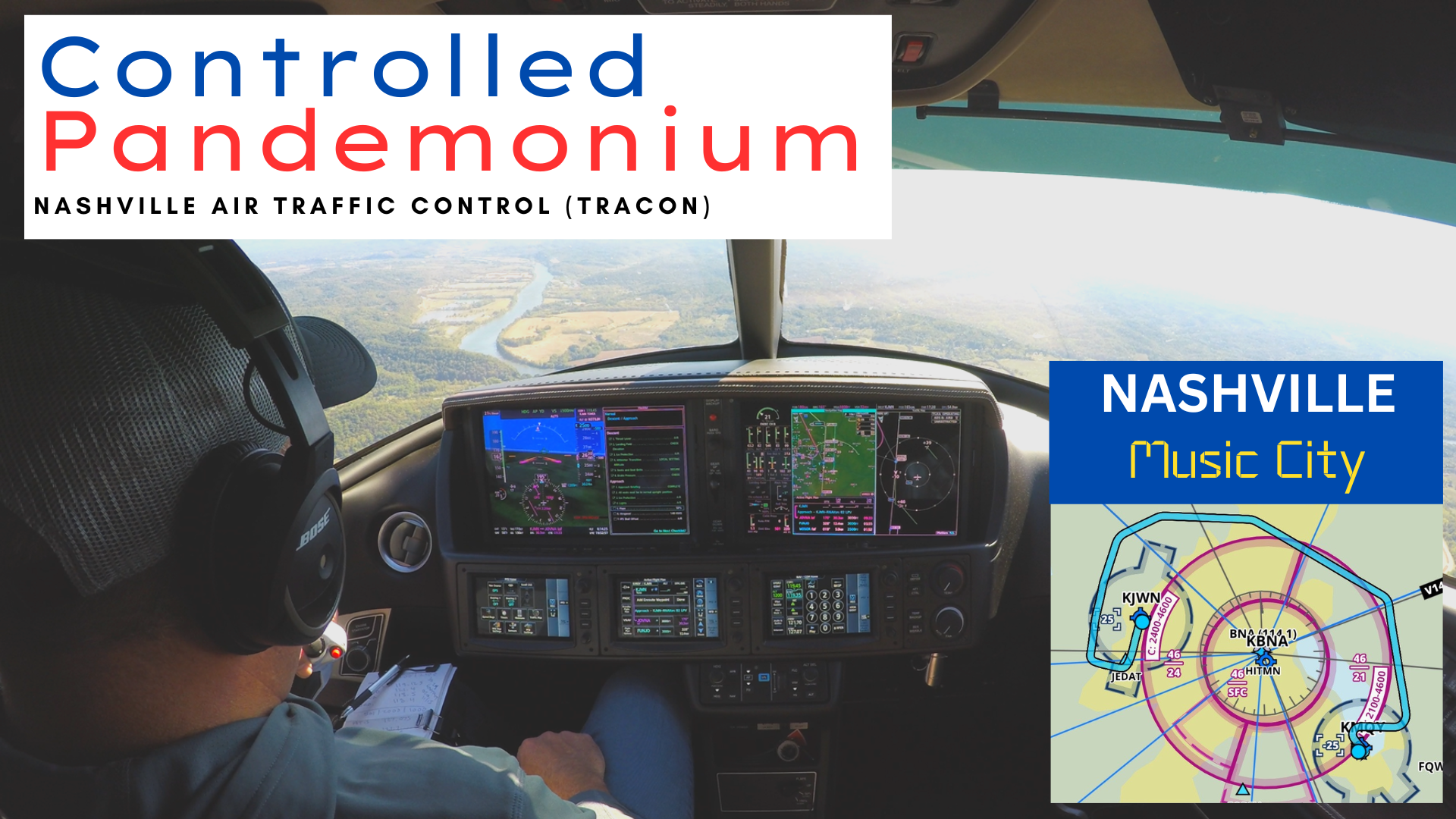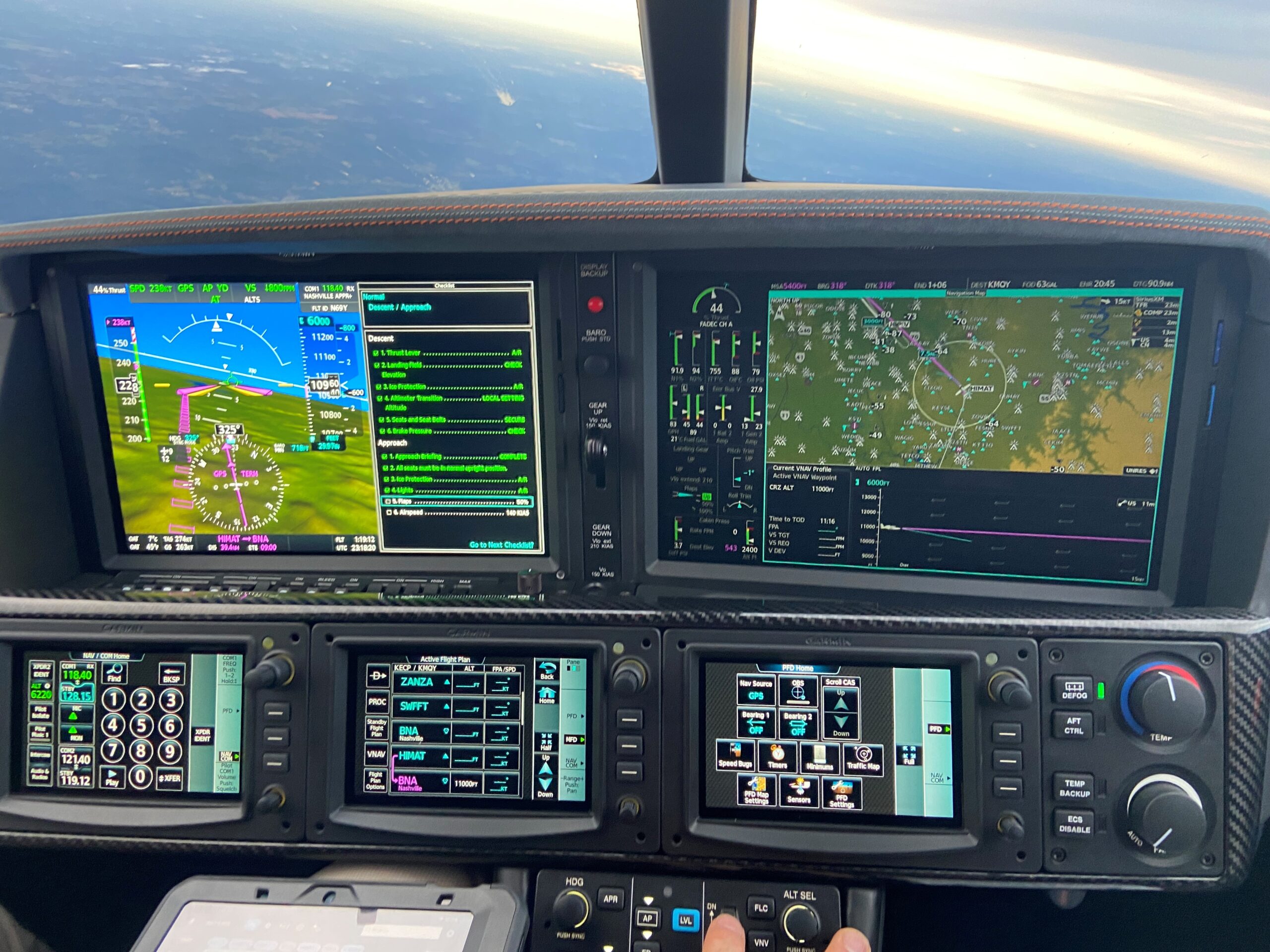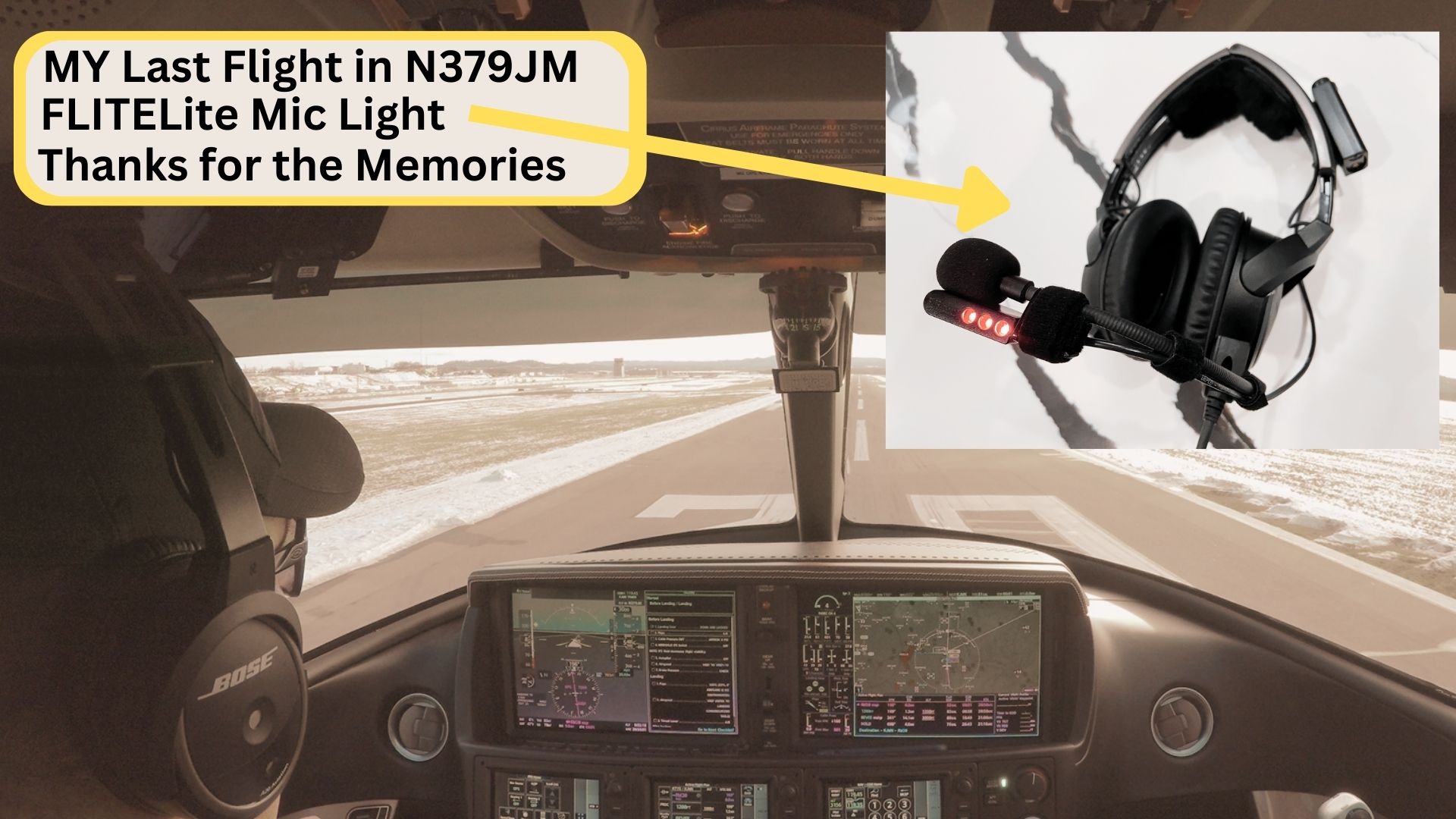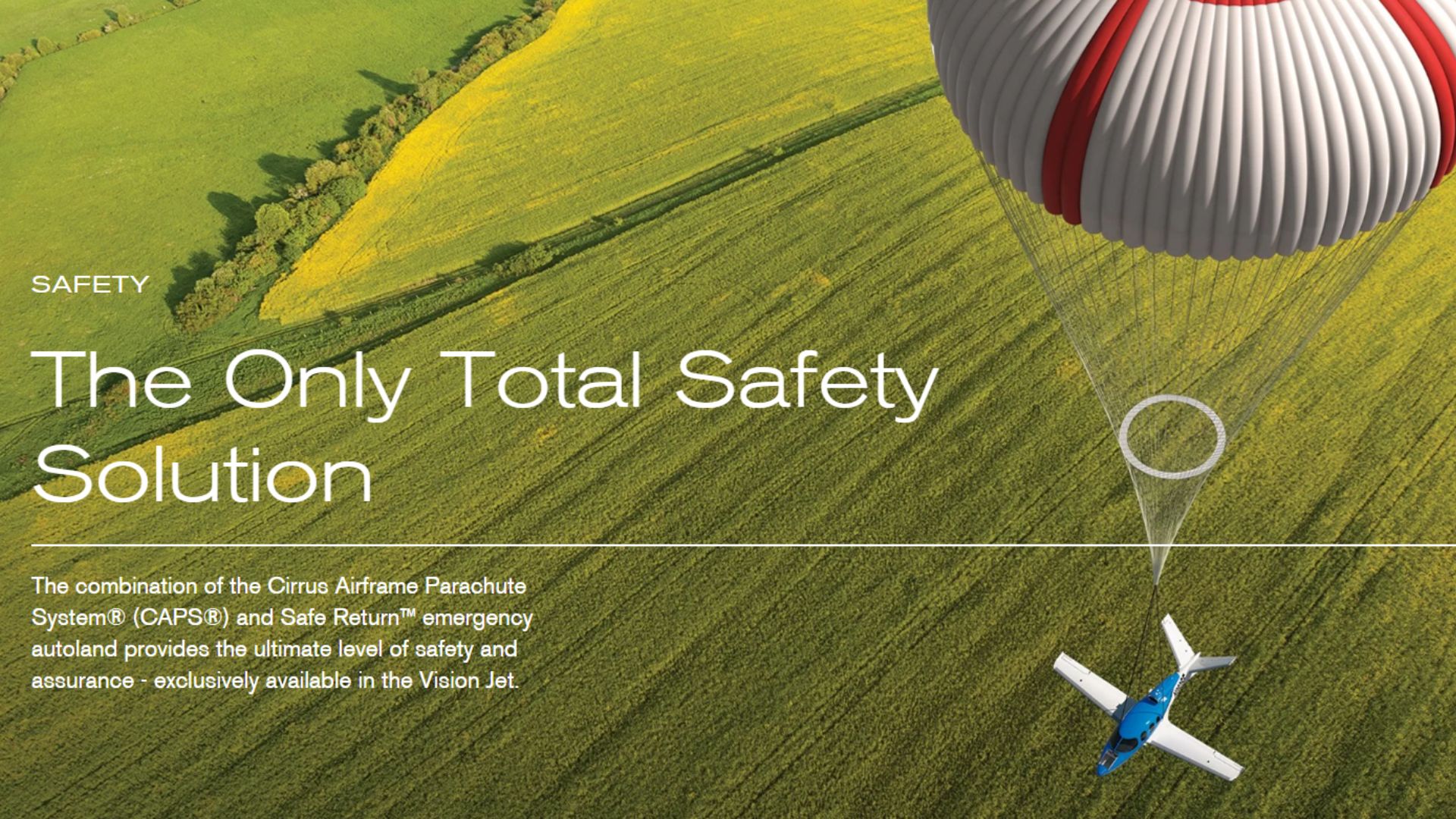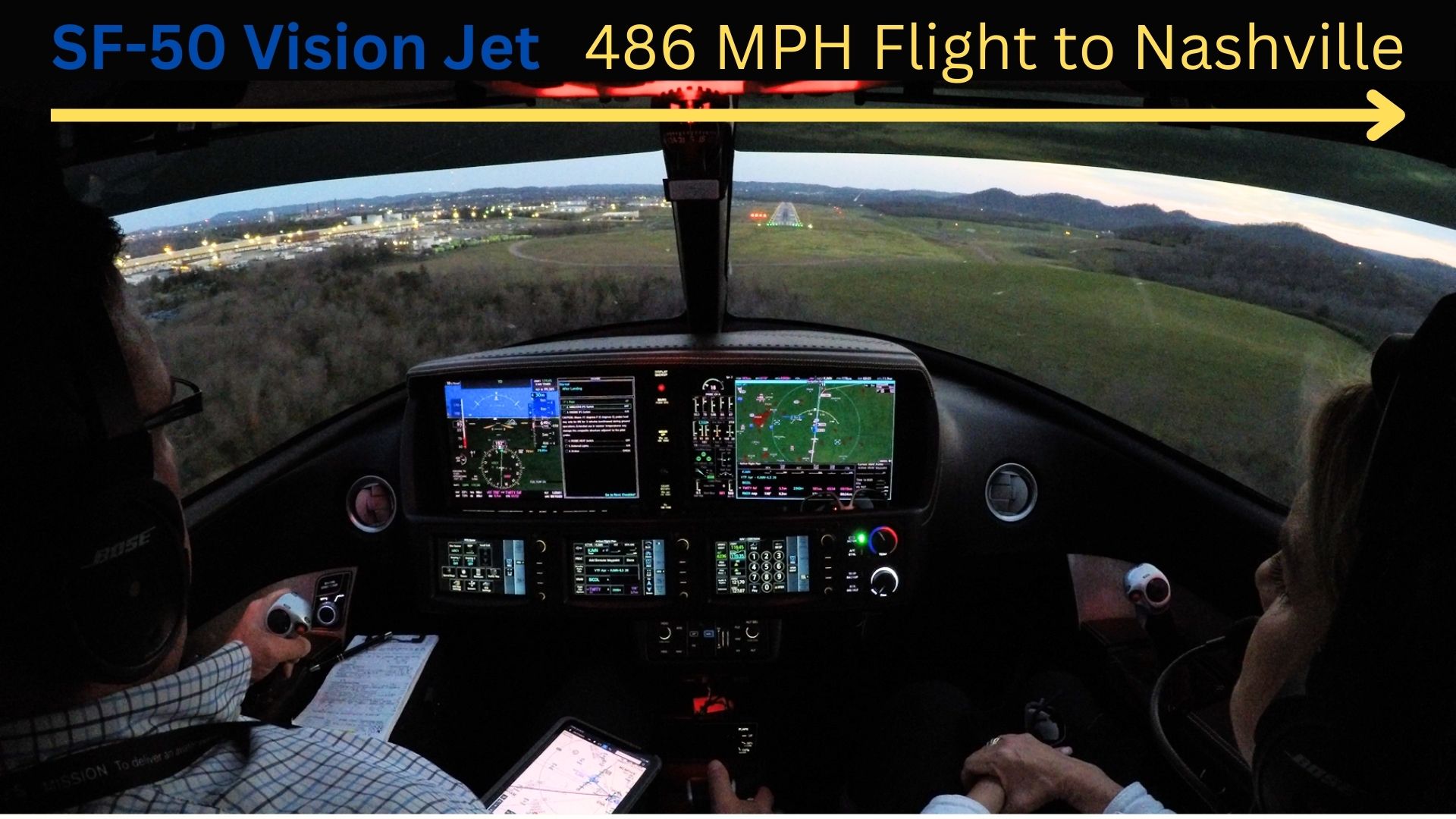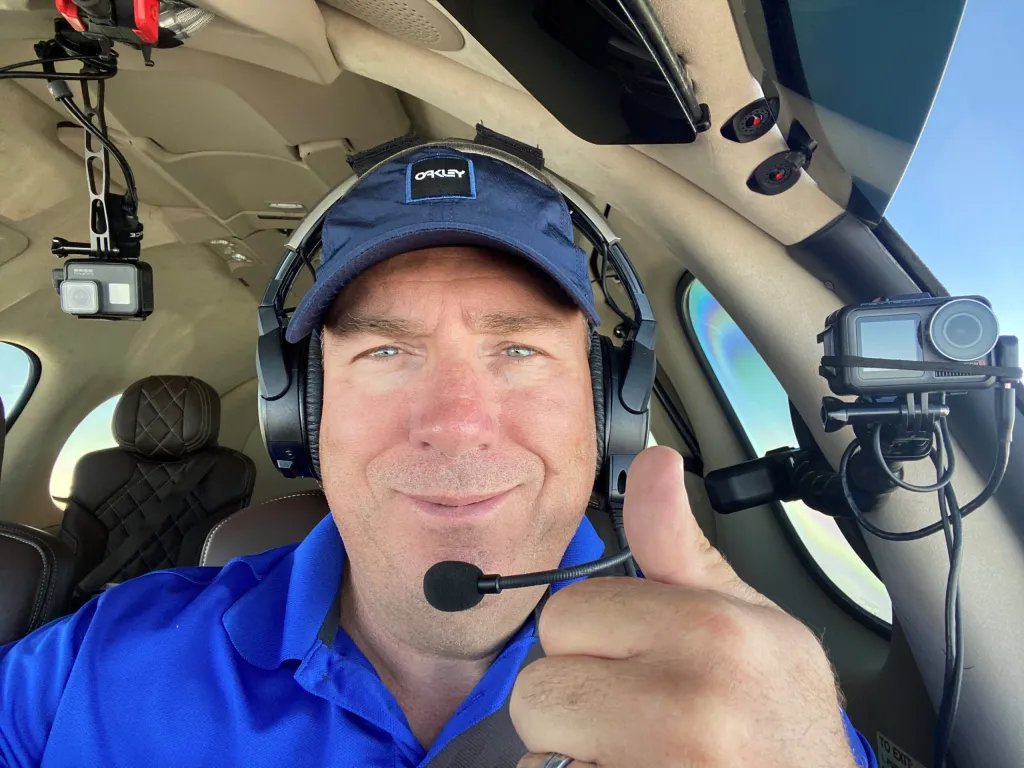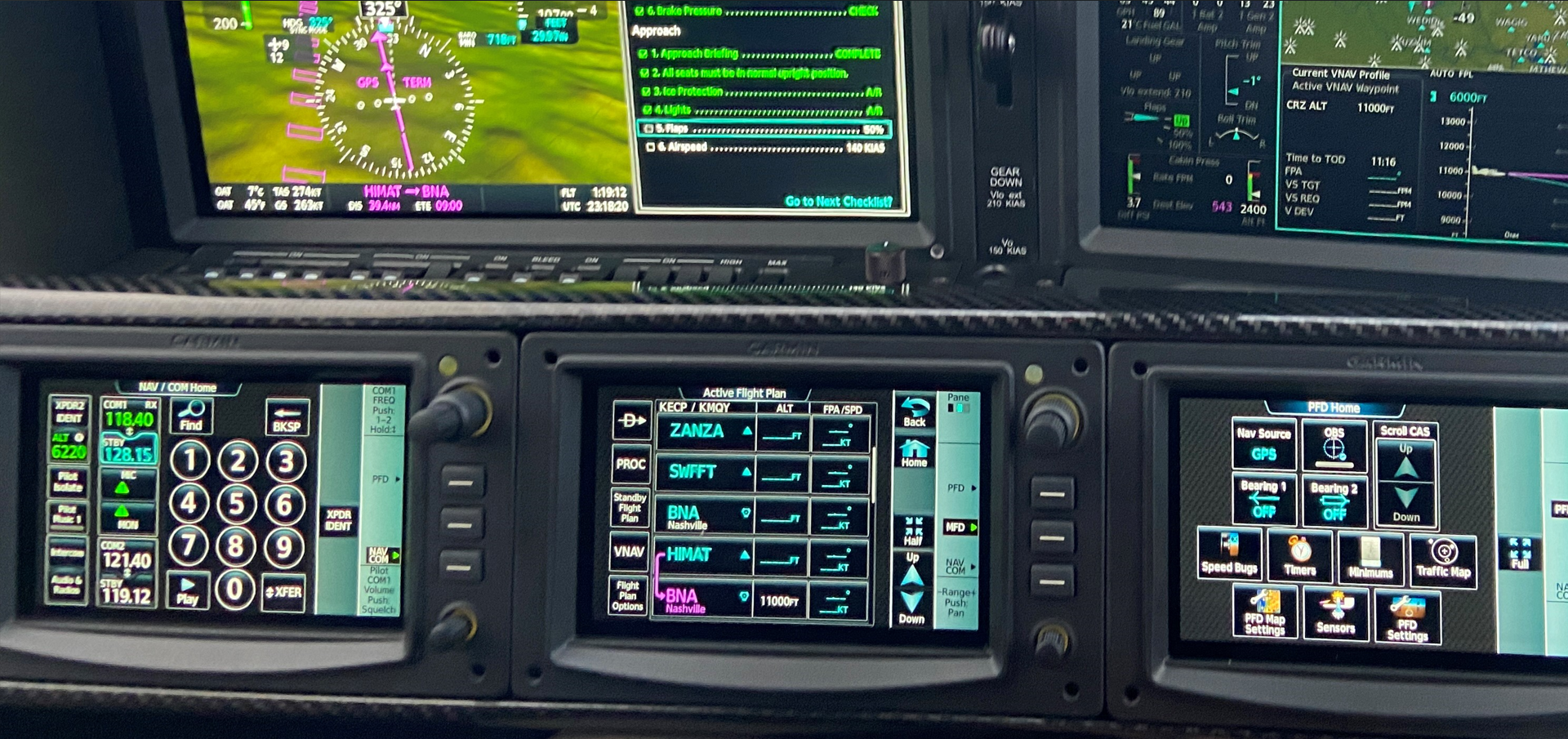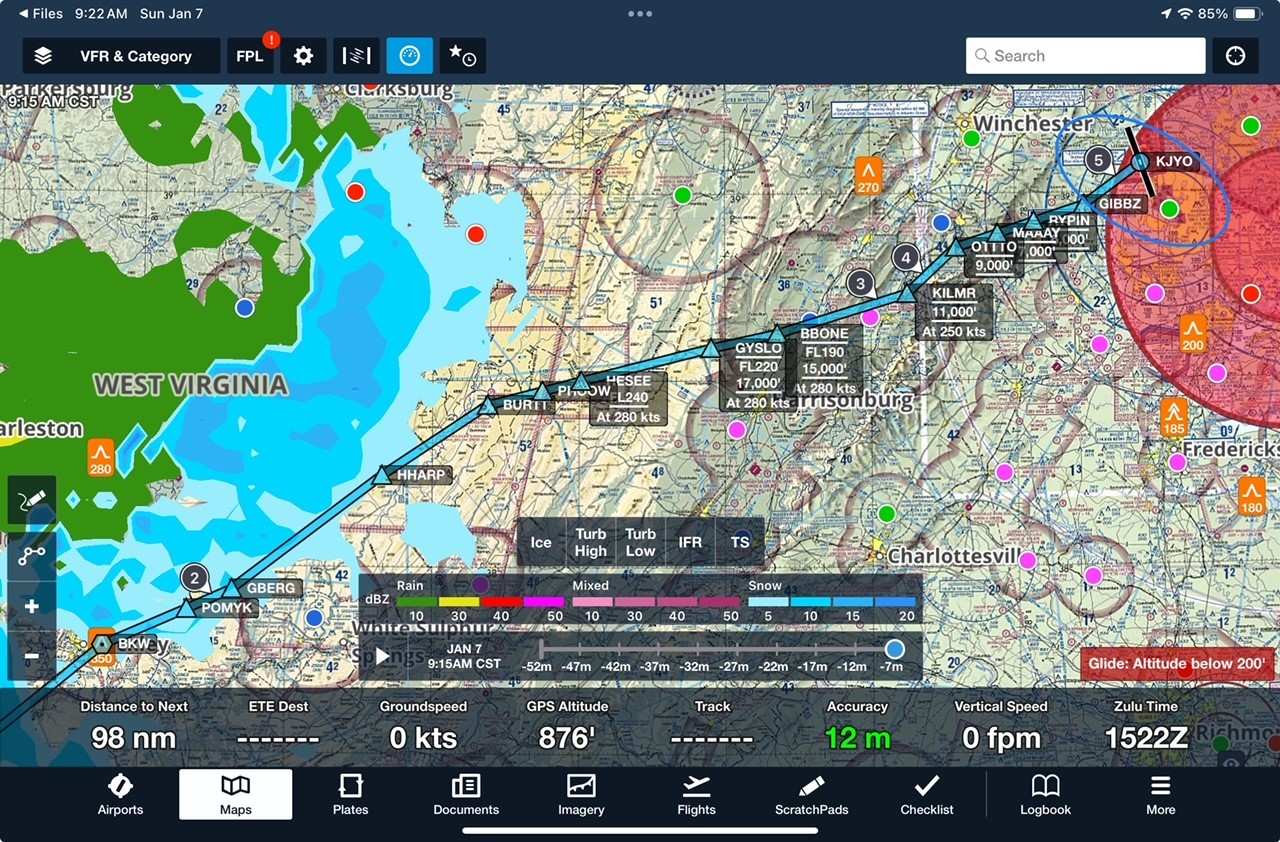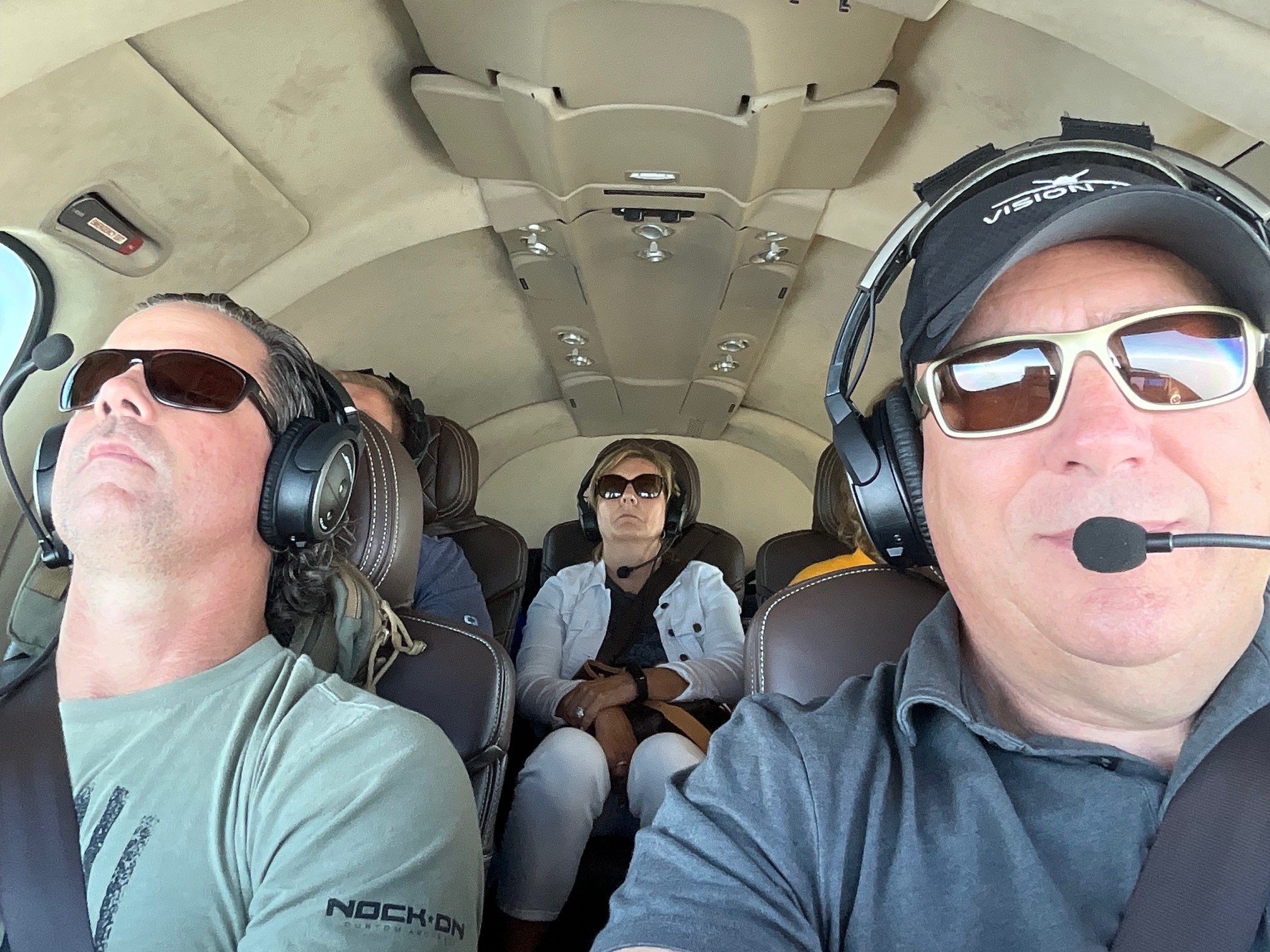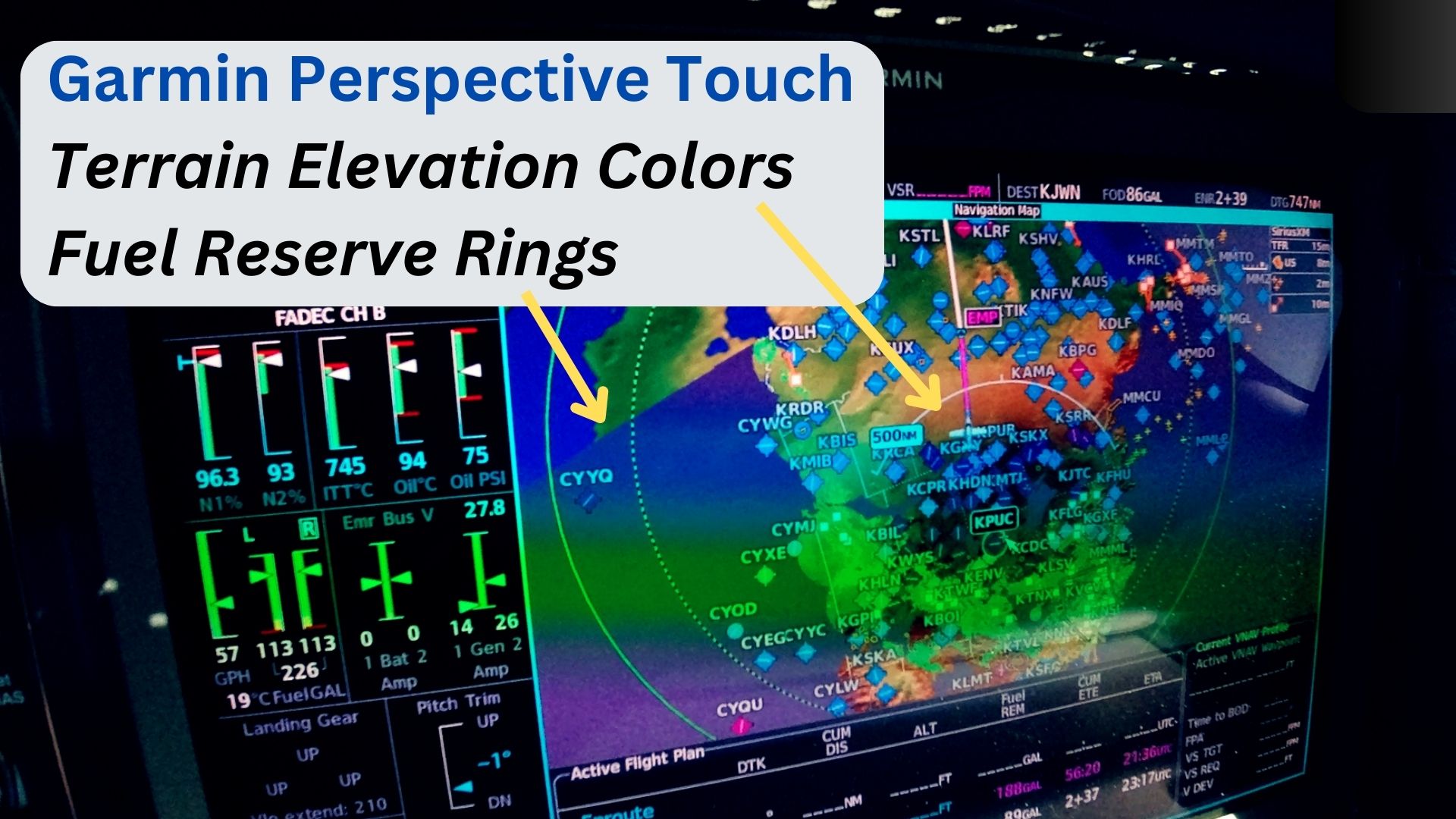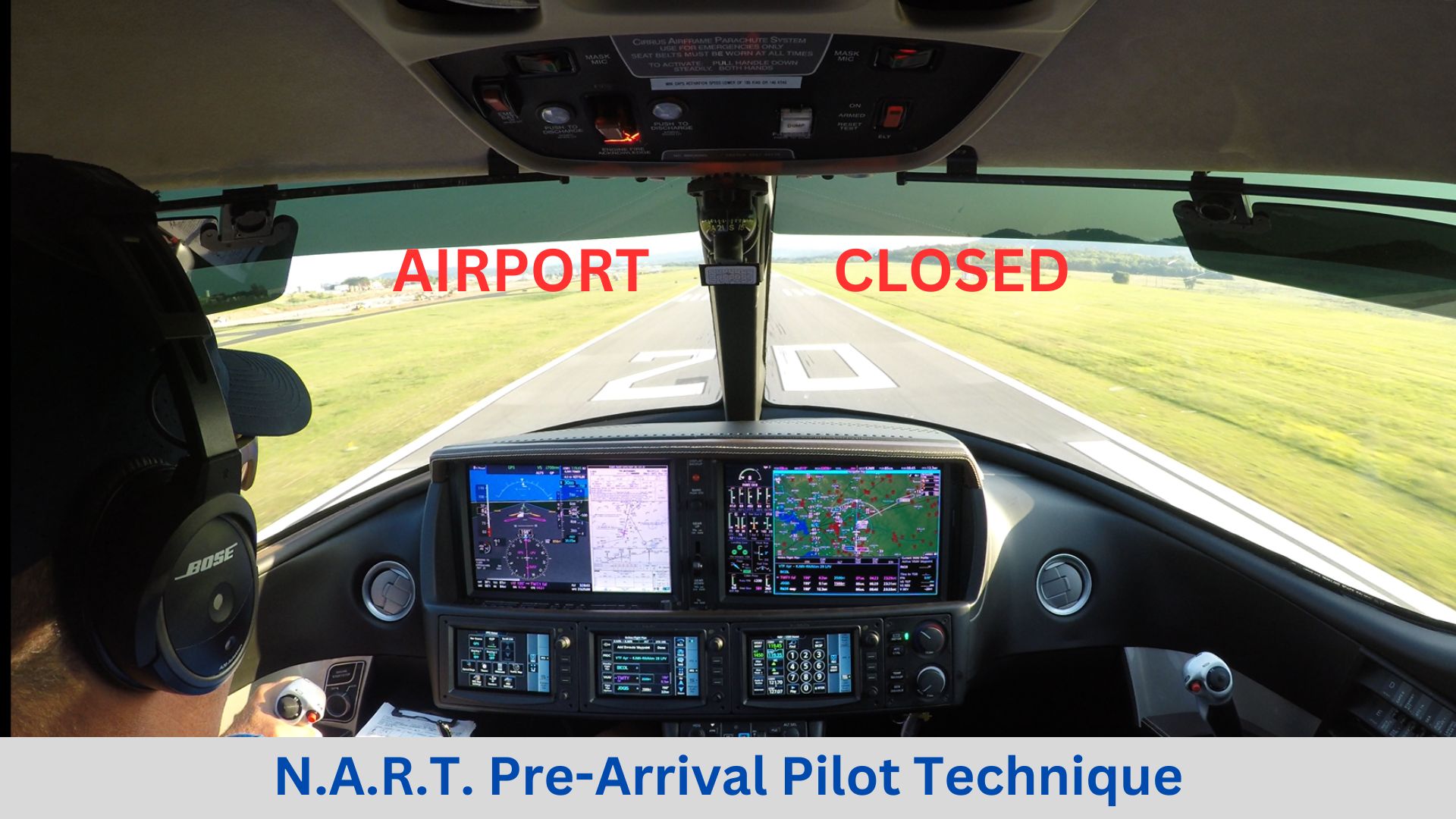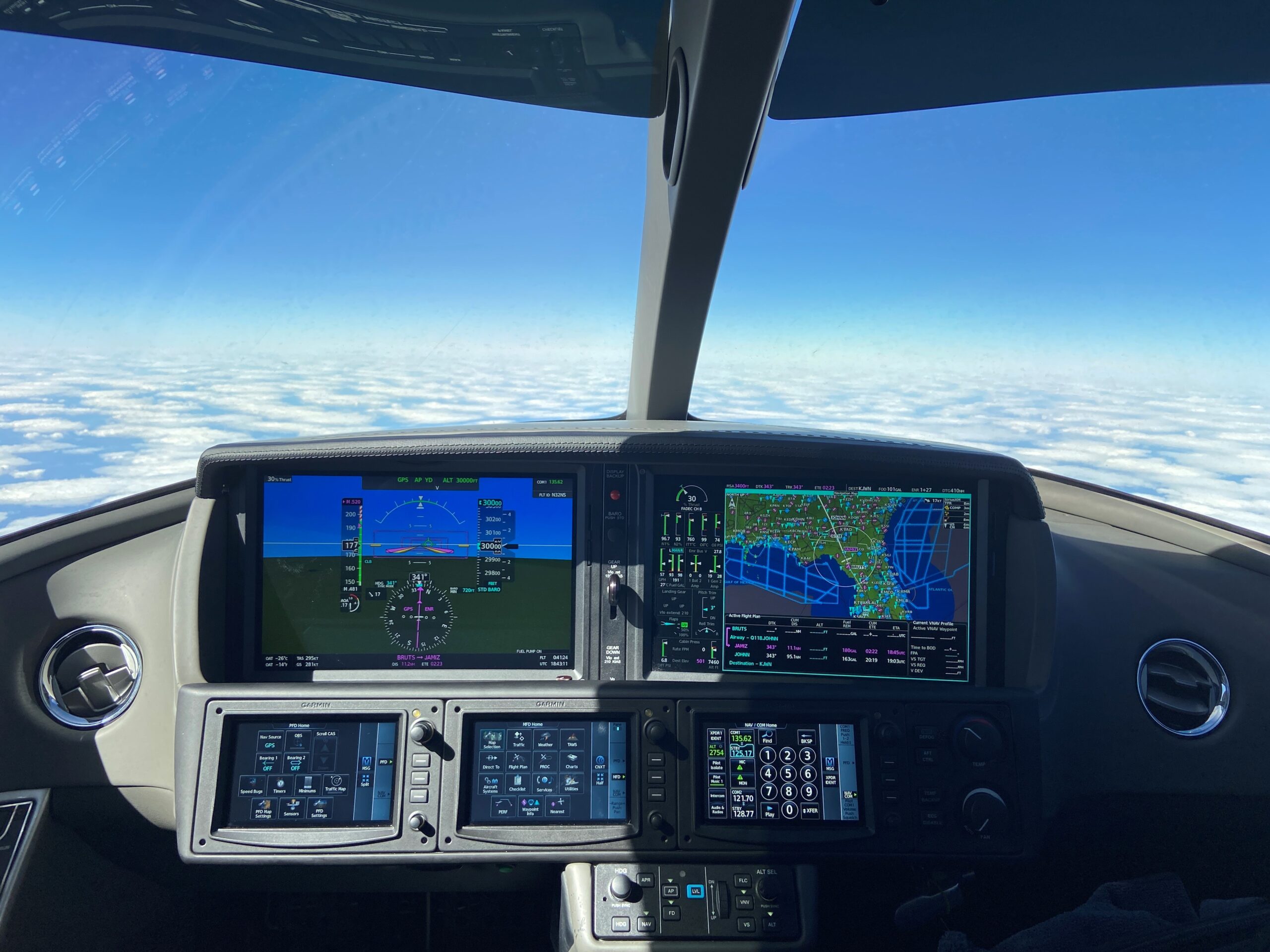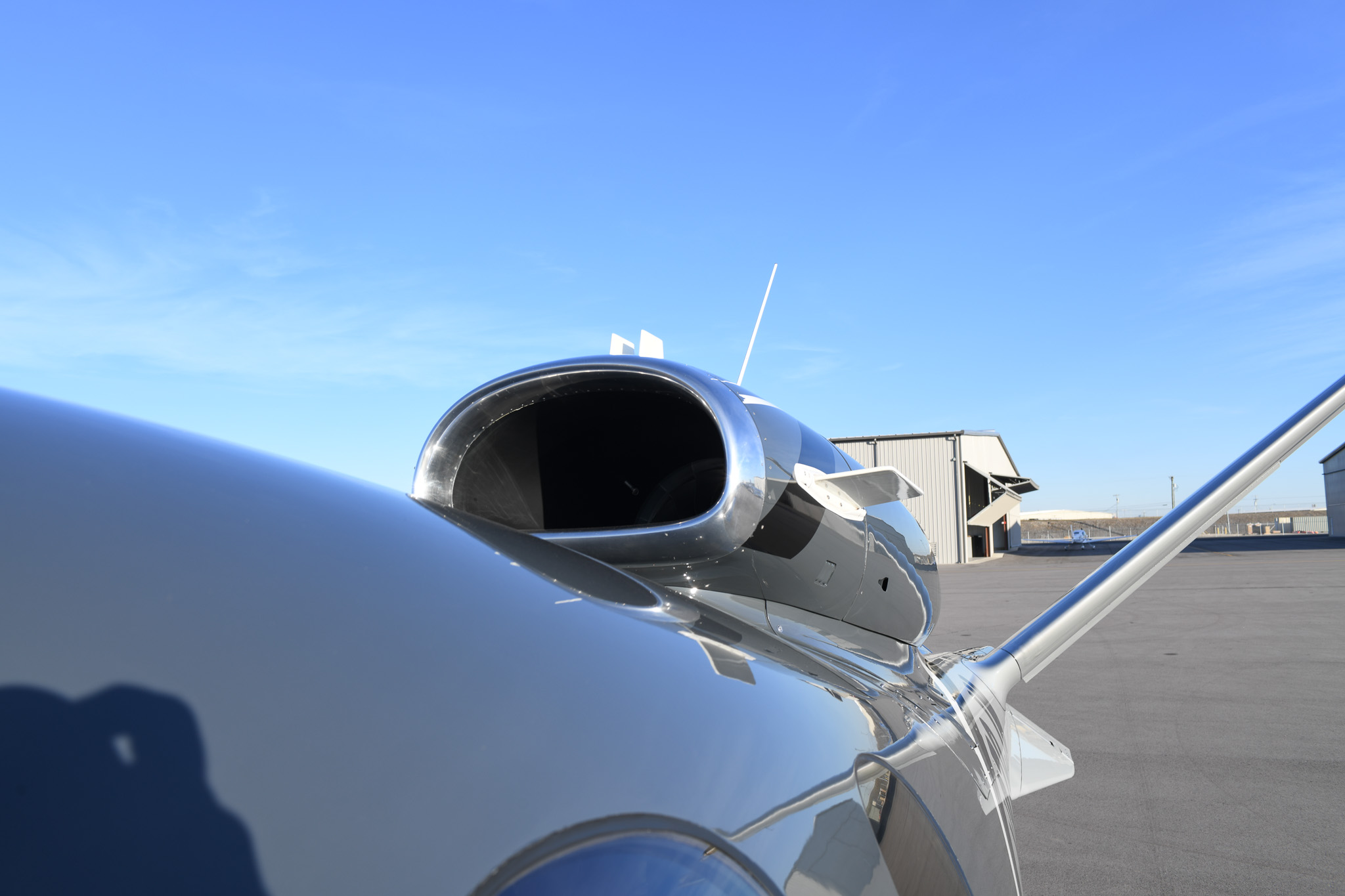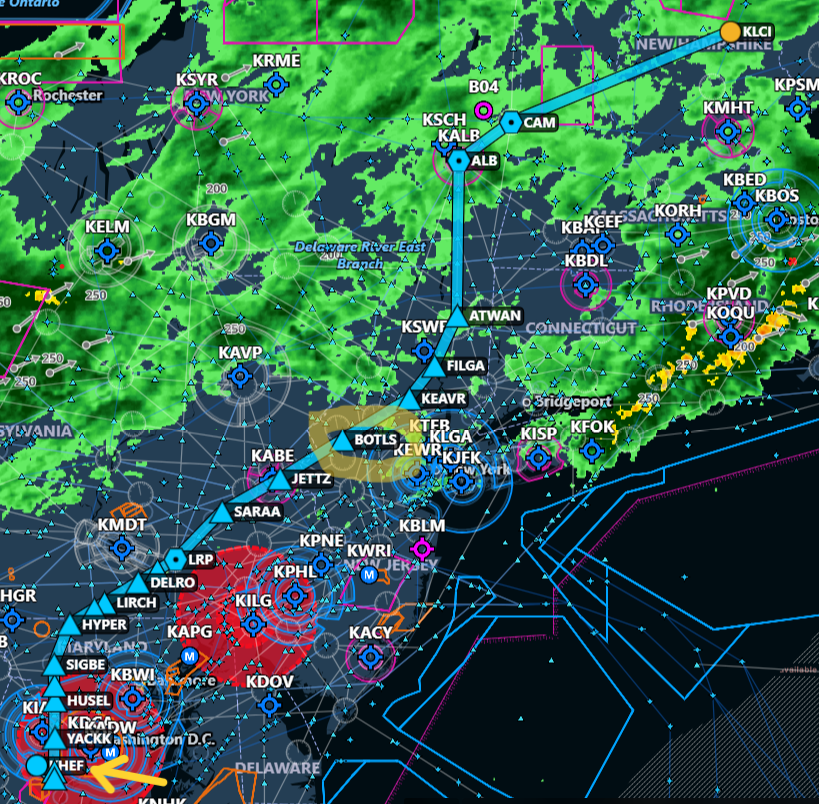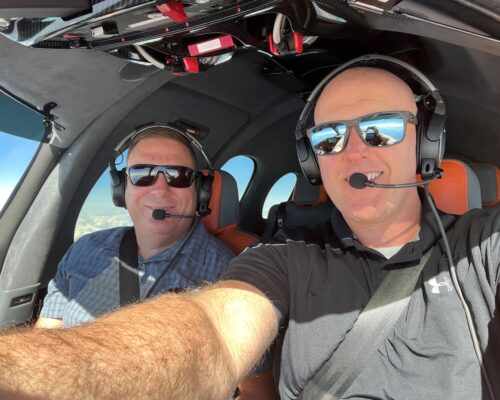A Winter Wind Shear Encounter in Asheville, NC! What would you do?
In this video, I was preparing to depart Asheville Regional Airport on a night flight. I was returning to an airport in Alabama with a client. Conditions all day were cold and windy, but unlimited visibility and clear skies. I listened to the ATIS information broadcast as I was warming up the plane, but it was consistent with what had been happening all day and made no mention of wind shear conditions in the vicinity of the airport. Surface winds were 340 degrees, at 13 knots, gusting to 20 knots. Besides the windchill factor, the wind conditions were better than when I arrived earlier in the morning and far less of a concern than I experienced on numerous prior flights.
The ground controller first informed me of a wind shear advisory at the airport. He then changed the terminology to “Wind Shear Alert” The subtle change in terminology had me grasping for definitions and what the change from “advisory” or “alert” meant. I needed to know more, and maybe I should have simply asked the controller. Never stop learning!
Shortly thereafter, all wind shear alerts detected by their automated wind shear system had expired and the controller cleared me for takeoff.
The takeoff was amazing due to smooth and cold air, amazing takeoff performance, the mountainous terrain around Asheville and the city lights below. I was able to climb out at more than ten degrees with plenty of excess airspeed, to fly through potential wind shear zones quickly. The departure reminded me how much I enjoy flying at night.
I describe the event and include actual ATC audio so you can get a better sense of the situation as it was unfolding.
Clearly the best strategies in aviation are to detect and avoid hazardous situations before you encounter them. My situation worked out fine, but this event should not be used as an example of ‘best practices’ in aviation. Each situation varies…
Wind Shear Is Dangerous!
The FAA defines wind shear as a change in wind speed and/or direction over a short distance. It can occur either horizontally or vertically and is most often associated with strong temperature inversions or density gradients. Wind shear can occur at high or low altitude.
Low level wind shear encounters, close to the ground, without sufficient experience to detect it, and skills to control the plane and excess power/thrust to get through it kills people.
Four common sources of low-level wind shear are:
- Frontal activity.
- Thunderstorms.
- Temperature inversions.
- Surface obstructions.
Types of Wind Shear:
Wind shear can be divided into horizontal and vertical shears. Although both components can affect an aircraft simultaneously, it is easier to discuss each separately.
Horizontal Wind Shear – Horizontal shear occurs when the flight path of an airplane passes through a wind shift plane.
Vertical Wind Shear – Vertical wind shear is the type most often associated with an approach. Vertical shear is normal near the ground and can have the most serious effect on an aircraft. The change in velocity or direction can drastically alter lift, indicated airspeed, and thrust requirements. It can exceed the pilot’s capability to recover.
Effects of Wind Shear on Aircraft:
In its many forms, wind shear can change a routine approach into an emergency recovery in a matter of seconds. An aircraft is affected by the change in wind direction/velocity because the wind also changes the aircraft motion relative to the ground. We will look at the effects of wind shear on an aircraft and on pilot techniques for coping with a shear situation.
Wind Shear Recovery (on approach): Consult a flight instructor for formal advice.
- Add full power/maximum thrust.
- Pitch up 10-20 degrees, or as much as your aircraft allows.
- Respect any stall indications and reduce the angle of attack if any occur.
- Do not change any configuration (gear/flaps) until completely out of the windshear.
- Level the wings to maximize climb gradient, unless a turn is required for obstacle clearance. Continue a normal climb profile once clear of the windshear.


